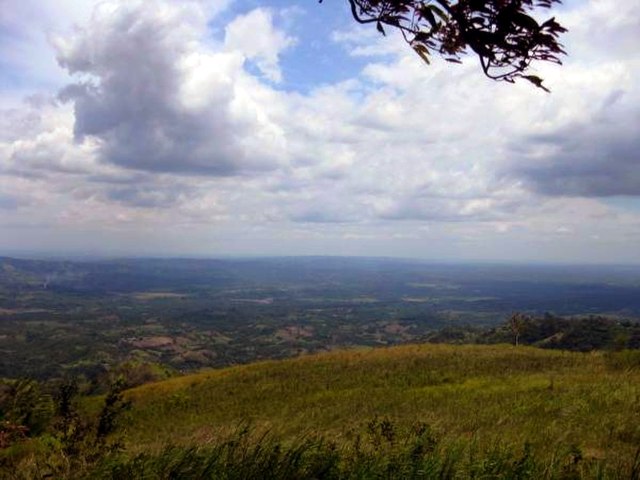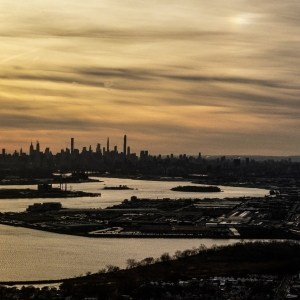The newly autonomous Bangsamoro government has invited investors to pursue drilling projects in a marsh critical for both Indigenous peoples and wildlife.

The 288,000-hectare marsh is the country’s largest intact wetland, and an internationally-recognized “important bird and biodiversity area.” Photo © Rex Songcayauon / Flickr Creative Commons.
- Having gained its status as an autonomous region, the fledgling Bangsamoro government has invited investors to drill under the Liguasan Marsh for fossil fuels.
- The marsh is the source of livelihood for over 100,000 indigenous Maguindanaoan families, and it is an internationally-recognized “important bird and biodiversity area.”
- The situation crystallizes several conundrums of global development: the plight of indigenous peoples, the often conflicting imperatives of economic stability and ecosystem preservation, and the temptation that planet-warming fossil fuels present for impoverished areas.
By Laura Gersony, Circle of Blue — November 1, 2021
The Liguasan marsh, located on the southern Philippine island of Mindanao, is a flourishing ecosystem. The land has long been managed by the Indigenous Maguindanaoan people, and the vast oil and gas reserves that lie beneath its surface remain untapped. But that might soon change, Mongabay reports.
War has racked the island since the 1970s, amid the decades-long conflict between the Philippine government and the separatist Moro Islamic Liberation Front. Now, having gained its status as an autonomous region, the fledgling Bangsamoro government has invited investors to drill under the marsh for fossil fuels.
The situation crystallizes several conundrums of global development: the plight of Indigenous communities, the often conflicting imperatives of economic stability and ecosystem preservation, and the temptation that planet-warming fossil fuels present for impoverished areas.
The decision to open the wetland for drilling is an attempt to stimulate the country’s feeble economy. Over half of the region’s population currently lives in poverty—far greater than the national average of around 20 percent. Local representatives estimate that the fossil fuels underneath the marsh are valued at as much as $1 trillion.
“This can be a game-changer for the Bangsamoro people with the huge capital that will be infused and the massive employment that will be generated from the construction stage until the commercial phase of the project,” said Esmael Maulana, CEO of the company that is eyeing a 340,000-hectare, $20 million swath of land which includes most of the Liguasan marsh. Maulana argues that drilling for oil will help sustain peace in the war-torn region and create thousands of local jobs. Some dispute these economic arguments, pointing to past development projects in the country that did not translate into widespread benefits.
Oil and gas drilling could come at a steep cost to the Indigenous peoples who have lived on and with the land for centuries. Management of the marsh is central to the identity and economy of the Maguindanaoan, whose name means “people of the flooded plains.” Over 100,000 Maguindanaoan families rely on the wetland for their livelihood and sustenance. They fish during the wet season, and farm rice and corn during the dry season. The fragmented nature of land claims on the wetland means that land allocation could set off local disputes, which already divide communities in the province.
Such a move would also pose risks to wildlife. The 288,000-hectare marsh is the country’s largest intact wetland, and it has been classified by BirdLife International, a nonprofit conservation group, as a particularly significant site for birds and biodiversity. In addition to supporting a wide range of waterbirds, the area is one of the last strongholds for the Philippine crocodile, an endangered species.
Proceeding with the project would require approval from many agencies in the new regional government, including an environmental clearance. Baharodin Abulo, chief of the region’s Biodiversity Management Services, assured Mongabay that wildlife would be protected. “If the natural oil and gas extraction activities will fall within the declared game refuge and bird sanctuary, definitely it will not be given clearance to operate,” Abulo said.
The project has still another tension. It would mark fossil fuel expansion at a time when, according to scientific consensus on the issue, fossil fuels must be phased out as quickly as possible to avert the worst impacts of global climate change. But renewable energy sources are often not economically viable in impoverished regions, which have contributed only a sliver of global emissions, leaving many areas with little choice but to lean on fossil fuels until poverty is addressed.
The Philippines itself is among the countries most vulnerable to the impacts of climate change, though it accounts for less than one percent of global emissions. The country has indicated it will request funding assistance for climate adaptation projects during the United Nations’ climate conference this month.
Laura Gersony covers water policy, infrastructure, and energy for Circle of Blue. She also writes FRESH, Circle of Blue’s biweekly digest of Great Lakes policy news, and HotSpots H2O, a monthly column about the regions and populations most at-risk for water-related hazards and conflict. She is an Environmental Studies and Political Science major at the University of Chicago and an avid Lake Michigan swimmer.




